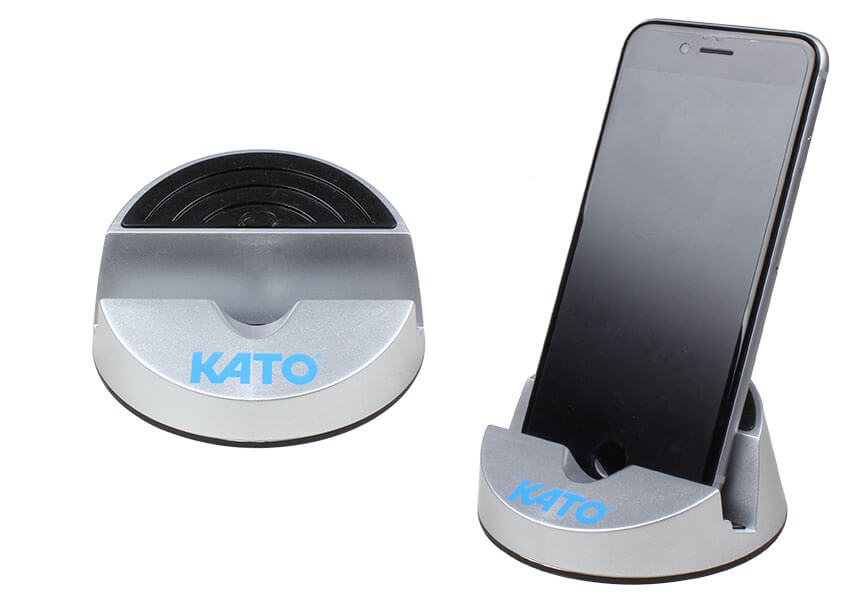
With the increasing need for light weight parts, more and more customers are turning to plastic as an alternative to heavier metals. Some of the benefits of using plastic, especially injection molding, allows for greater control, detailed and complex geometry, etc.. In addition, galvanic corrosion between the insert and parent material is eliminated.
While plastics are easily machined and light weight, they come with certain drawbacks. In the scope of fasteners, this means weaker threads. Although solid inserts for plastic materials are ubiquitous, KATO CoilThread inserts weigh less and require the smallest Boss Diameter (minimum required material thickness around the insert) for a given size when compared to any other insert. For these reasons, KATO is seeing an increase in the number of customers installing CoilThread inserts into plastic materials.
Since the class of fit of the finished thread is not based on the installed insert, but rather on the STI thread, it is very important to create a stable STI thread in the plastic parent material. Creating a thread in plastic comes with additional issues. Plastics have a higher thermal expansion than metals. This can mean that once a thread is created, or even once an insert is installed, the thread profile can change and become undersized. Undersized threads can lead to galling even with free-running inserts. KATO recommends testing how your material will react to changes in temperature, and how this affects the STI thread profile. After machining, leave the part over night to obtain a good base line (plastics have a tendency to relax after molding or machining), then see how the thread changes at various temperatures. Simple gaging techniques are all that is required. A Go/NoGo STI gage for the desired class of fit of the Pitch Ø, and a pin gage to check the Minor Ø.
Locking Screw Thread Inserts have a locking coil near the mid-point of the insert. The locking coil provides a prevailing torque on the male fastener (Locking Inserts). Using locking inserts can have undesirable results when installed into plastic. If the STI thread relaxes, the insert will constrict in the thread. This can create extreme, and/or inconsistent, locking torques. If this occurs with a bolt that is soft enough to gall, during bolt removal, the seizing between the bolt and the insert can cause the insert to be removed. This phenomenon can occur with normal metals (aluminum, steel, etc.), however there is a much greater chance when using plastic. Using softer bolts (e.g. 300 Series Stainless or similar) isn't the only culprit. Even when threading a hardened bolt with a locking insert in plastic may result in movement of the insert. This is because there is usually a lower coefficient of friction between the insert and plastic parent material than the insert and a metal (e.g. aluminum). A rule of thumb for using a locking insert in plastic is to make sure the insert length is two diameter (2D). Using a longer insert doesn't eliminate the possibility of insert movement but greatly reduces the likelihood.
Many KATO customers are successfully using KATO CoilThread inserts in plastic parent materials. The key is hole preparation. Drill the holes using a drill size that will provide a minor diameter at or near the maximum value in the applicable specification. Use an H-Limit that is at least one higher than required to compensate for the tendency of plastic to collapse. Use KATO Tangless inserts to avoid having to break-off the tang which can potentially damage the plastic thread in the process. Use free-running inserts when possible.
"Can I use a KATO insert in ...?", is a common question the KATO Tech-Group receives. The answer is if the material can be tapped, you can use an insert in it. This statement holds true even when dealing with plastic. However, additional care and attention is required as plastic comes with it’s own eccentricities. With the right preparation using an CoilThread insert in plastic can be a very successful endeavor.
If you have any questions, please contact us.
For more technical articles, register to KATOpedia today! Registration is FREE, and take less than 1 minute to complete and gain access to the world's most comprehensive online encyclopedia for helically coiled screw thread inserts and tools.